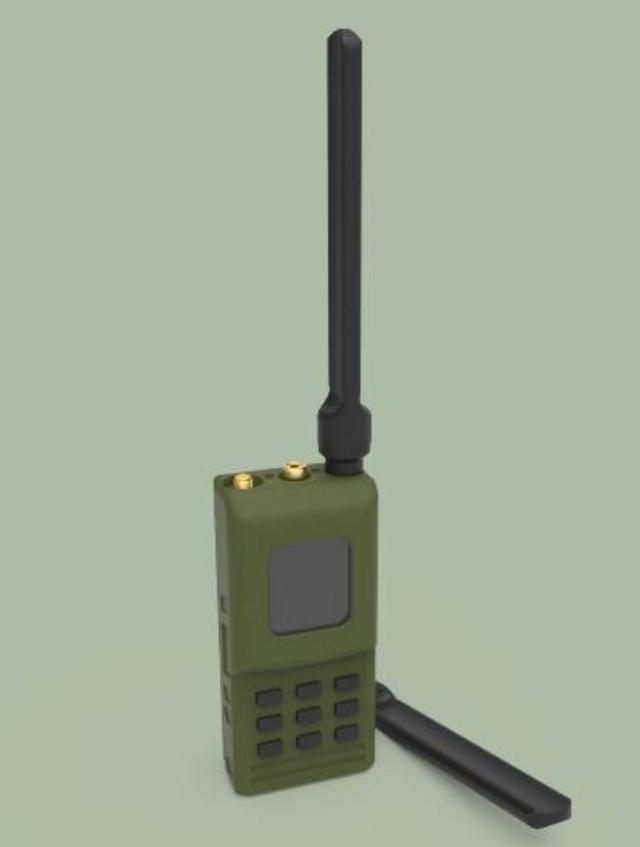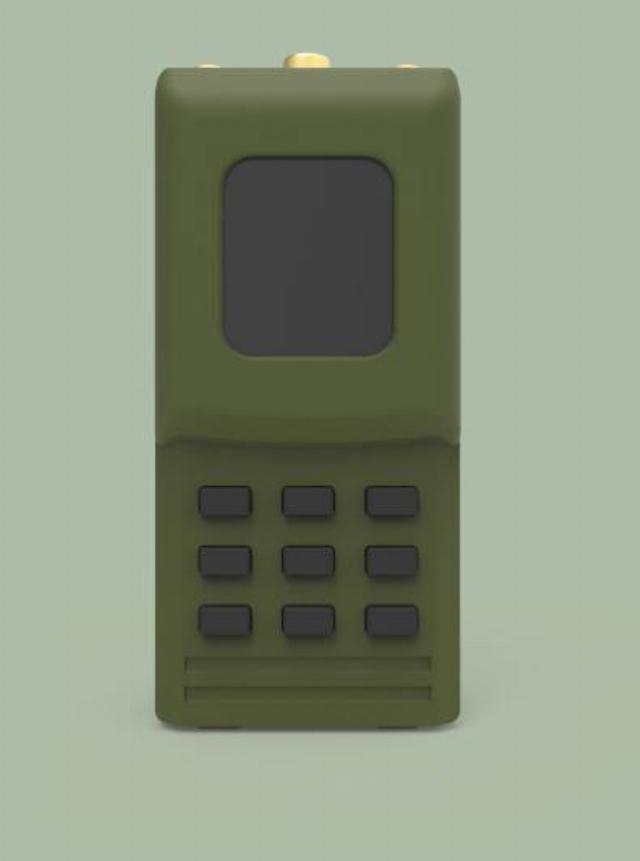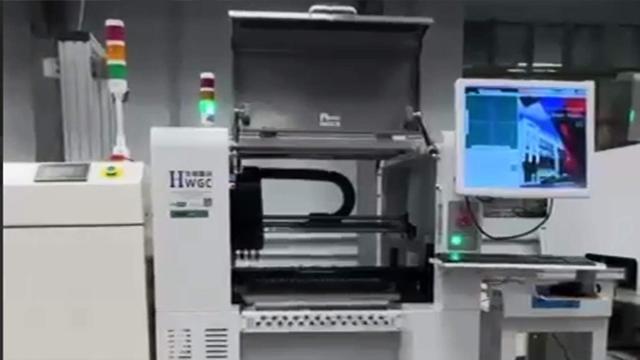This will help Russian fighters to find out where and where the enemy drone is flying from.
In the new version of the Ptitselov-2 drone detector, the developers have added the function of intercepting video from enemy UAVs. This will allow Russian fighters to track where and where the enemy drone is flying from and, accordingly, more successfully counteract the enemy. The detector is completely assembled from domestic components. Last year, its first version was adopted by the Russian Defense Ministry.
What functions do drone detectors have?
Eltech-YUG has developed a new and improved model of the UAV detector, the Ptitselov-2, with enhanced capabilities. Its main feature is that in addition to detecting enemy UAVs, the device has the function of intercepting the video stream that is broadcast from the drone.
— The first mode of operation is a spectrum analyzer, which scans and analyzes the range of all frequencies to identify drones. The second is to work in a simplified mode, when only the name of the detected drone, its frequency and the signal strength scale are automatically displayed on the detector screen. The latest mode is the interception of analog video from drones," Alexander Kamin, head of Eltech—YUG, told Izvestia.

Picture Description
Image source: Photo: Eltech-South
The developers have integrated an inverted video decoder into the Ptitselov-2. Thus, even our fighters will be able to crack the encrypted video stream and see the picture from the enemy's UAV. The working hours have also increased. Currently, Ptitselov-2 can stay in scanning mode for 22 hours, and in continuous video interception mode for 12 hours.
The software for the device, as well as the detector itself, were developed by Eltech-YUG engineers. Thanks to this, it can be constantly modified, adding new functions, and updated in the field.
Unlike its analogues, it has much lower weight and size characteristics, much greater autonomy and does not need to connect additional (remote) antennas.
The development will be presented at the Securika Moscow International Hardware Exhibition, which opens on April 23.
What tasks will Ptitselov-2 help to solve?
According to Klim Dmitriev, a veteran of the electronic warfare forces of the Armed Forces of the Russian Federation, if the performance characteristics that are stated correspond to reality, then the development is necessary, important and will be in demand in the free zone.
— Drone detectors are highly likely to solve the problem of timely detection of enemy drones. Unfortunately, there is no 100% guarantee of detecting a drone. The main advantages of this device are the operating time and the ability to connect a large—screen TV. So, after intercepting the video, the fighters can use such a TV picture to examine the details of the area and determine where the drone is currently flying, what its approximate task is, and they can try to track its operator," he told Izvestia.

Image source: Photo: Eltech-South
The Armed Forces of the Russian Federation have similar systems for intercepting video signals from drones, but they are much larger and stationary. And the Ptitselov-2 is compact, slightly larger than the usual smartphone, military expert Dmitry Kornev noted in a conversation with Izvestia.
— Just as the attack and defense systems were developing at the time — a sword appeared, a shield appeared — now there is a constant struggle on the one hand to protect the communications of FPV drones, and on the other hand systems that can hack it, interfere and intercept the signal. The emergence of such interception systems is a progressive phenomenon. We need to widely implement and use these solutions, because they allow us to fight the enemy's FPV drones. But only until the enemy finds a way around and rebuilds the work of their drones. One of them is the transition to fiber-optic signal transmission, in which case it is impossible to interfere and intercept the signal. But counteraction systems must be implemented as quickly as possible in real life, because while the enemy is swinging, they will have time to work.
The first version of the Ptitselov drone detector
Earlier, Izvestia wrote that the first version of the Ptitselov drone detector, developed on the initiative of volunteers, was officially adopted by the Ministry of Defense. Its main advantage over analogues is the ability to determine the type of UAV and the frequency of its video transmitter. The process from entering the tests to signing the acceptance documents took no more than six months.
Initially, the owner of Eltech-YUG, Alexander Kamin, started as a volunteer — he personally sent new drones to the fighters, stitched them and repaired them. He assembled the first electronic warfare system literally on his knee. He sent her along with humanitarian aid to Marinka. Russian fighters tested it in combat and gave positive feedback. Then Alexander began to assemble a team and organized the first small laboratory.
At the same time, the first version of the "Birdman" was created, which began testing at military ranges last spring. A positive conclusion for the use of the detector in army units was obtained in the fall.
Julia Leonova

